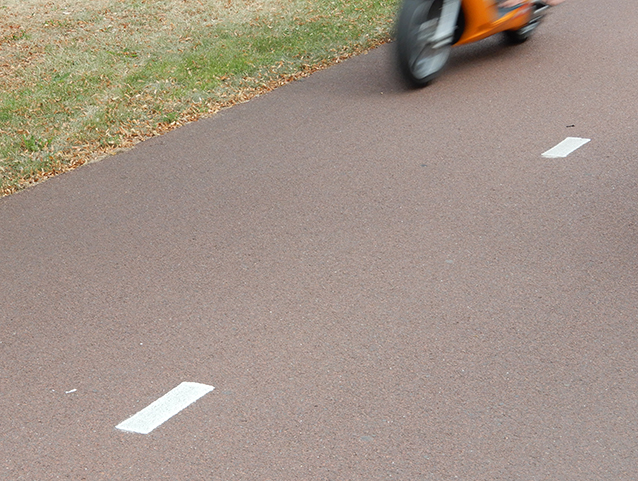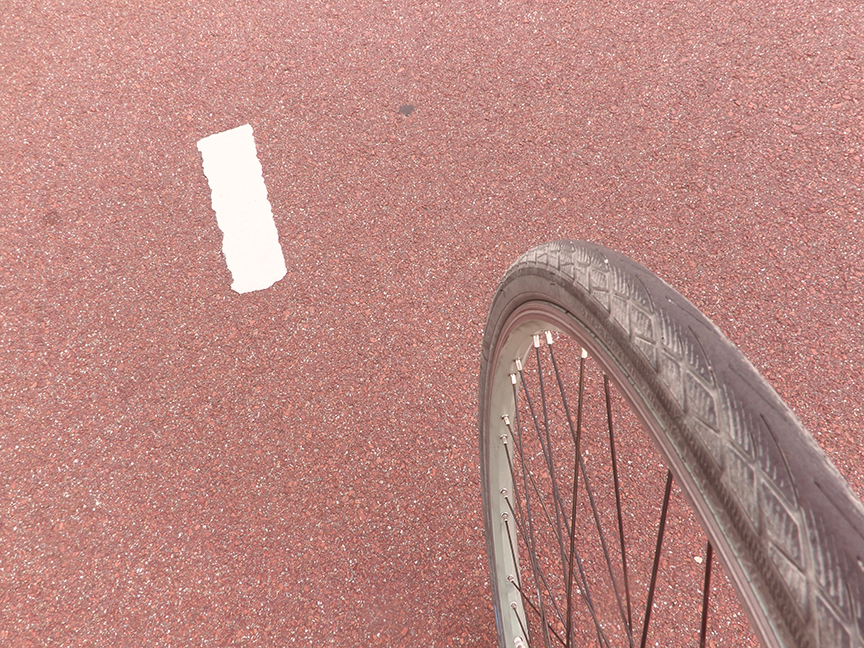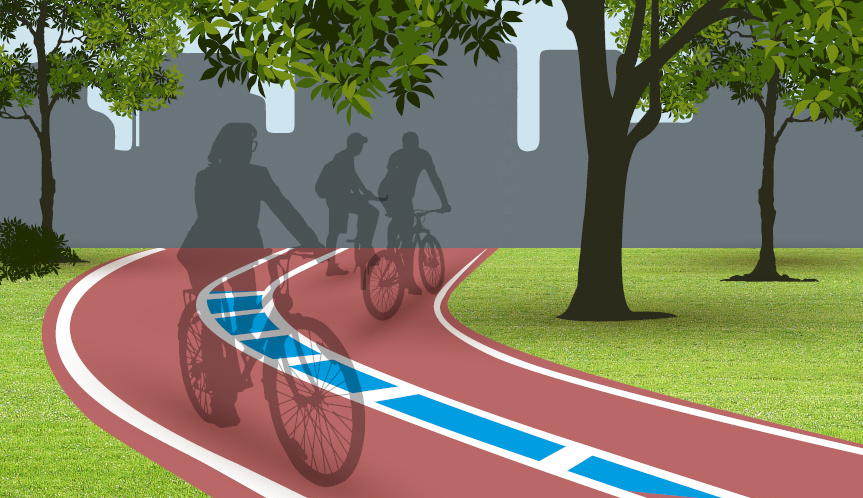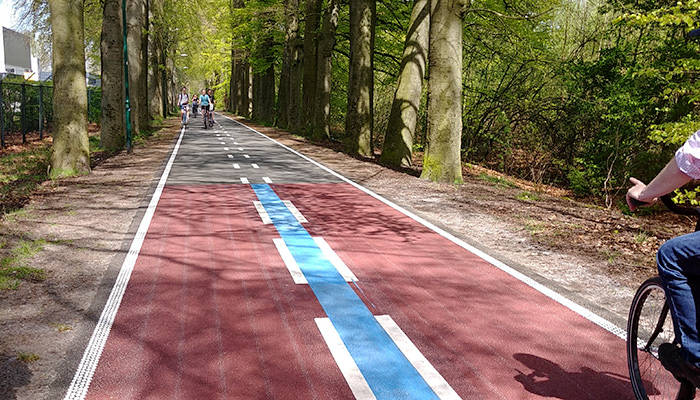Marking the way to a safer cycle path
August 2020
Technological developments, such as the E-bike, the speed pedelec and the (electric) cargo bike have caused that Dutch cycle paths are busier than ever before. It is not the large numbers which are the issue. If all cycle path users were moving on similar speeds, the current provisions would still be adequate. The issue is that speed differences between the users puts bicycle safety in The Netherlands under pressure.
About half of all seriously injured road traffic victims in Holland are now involved in a bicycle accident that does not involve motor vehicles. It concerns either unilateral cycling accidents or accidents between two (or more) cyclists. Think of an E-biker taking a sharp bend on high speed suddenly braking or think of a speed pedelec-rider overtaking a traditional ‘human powered’-cyclist without taking the opposite flow into account. These are typical situations leading to such accidents.
Influencing behaviors
In partnership with Keuzeweg, we were commissioned by the Dutch governmental technology platform for transport, infrastructure and public space CROW to research ways to realise a safer and more future-proof bicycle path. This study focused on the role that marking can play in this. Using Signco‘s innovative measuring method, measurements have been carried out on five wide two-way cycle paths, on which different types of markings are present.
Data was collected 24 hours a day for 46 days on the behavior of bicycle path users. It is unique that, for the first time, a large amount of data has been collected with regard to cycling behaviors in the dark hours. The results of the research show that the safety of cyclists can be improved by adapting current markings.





